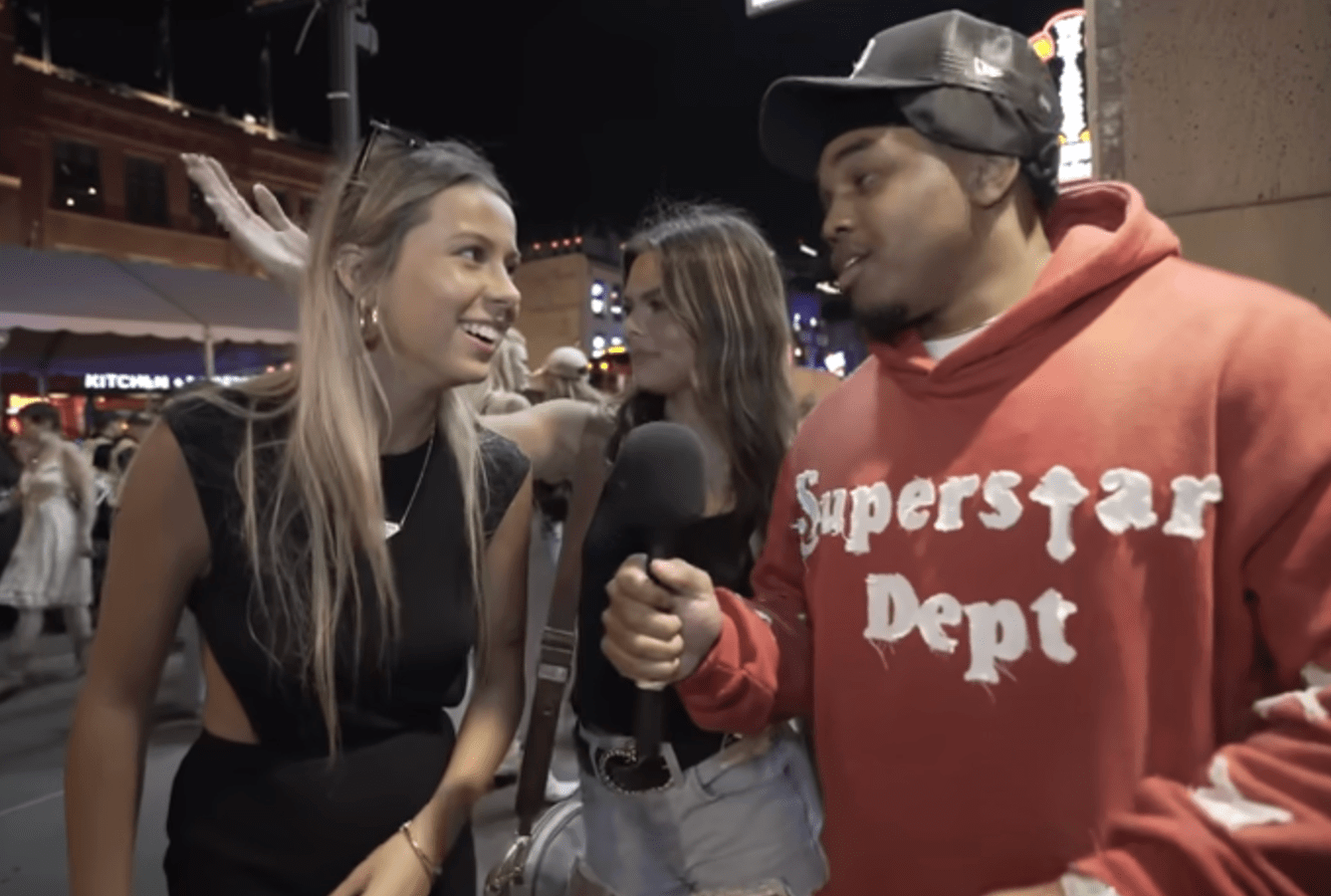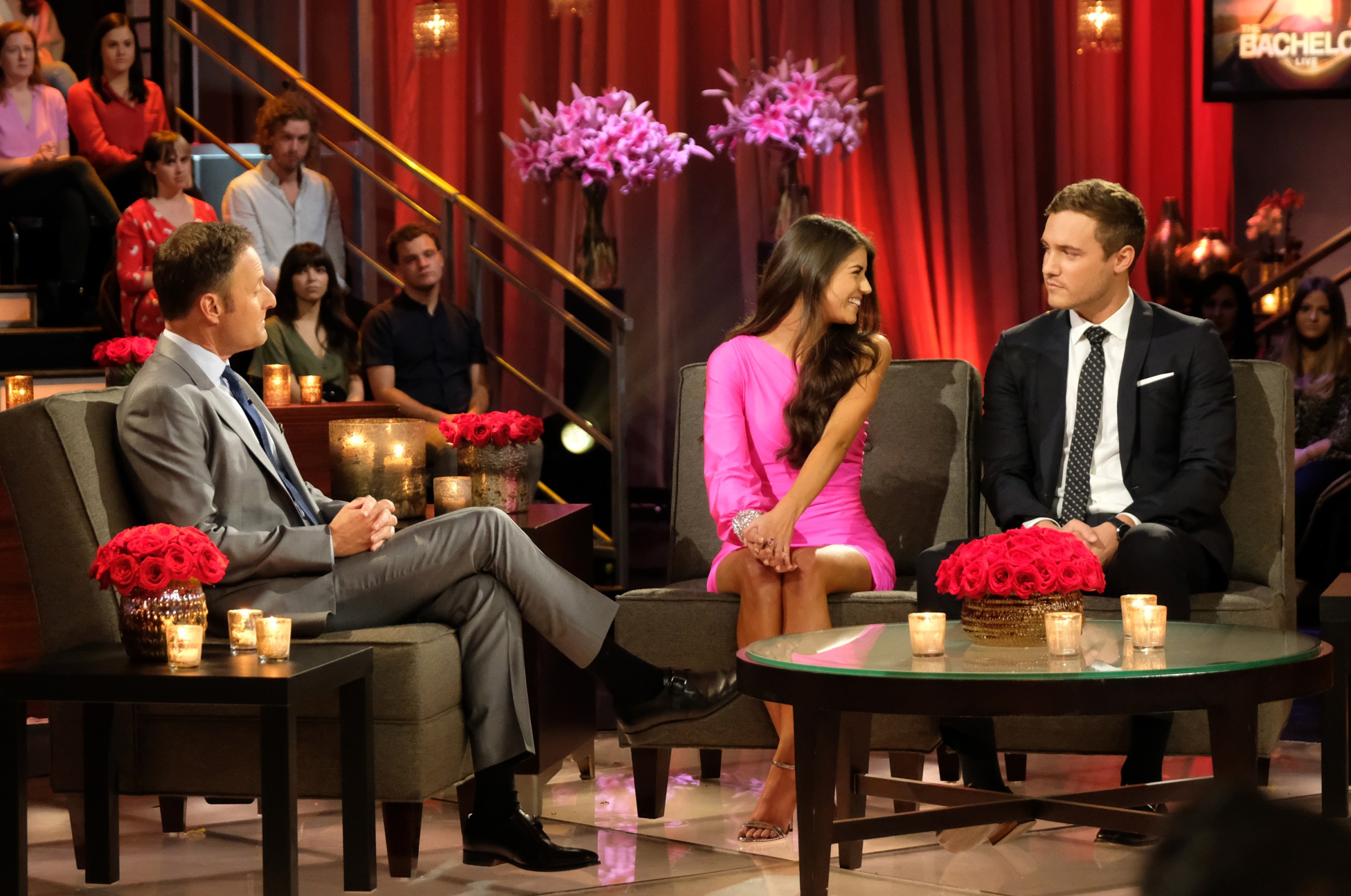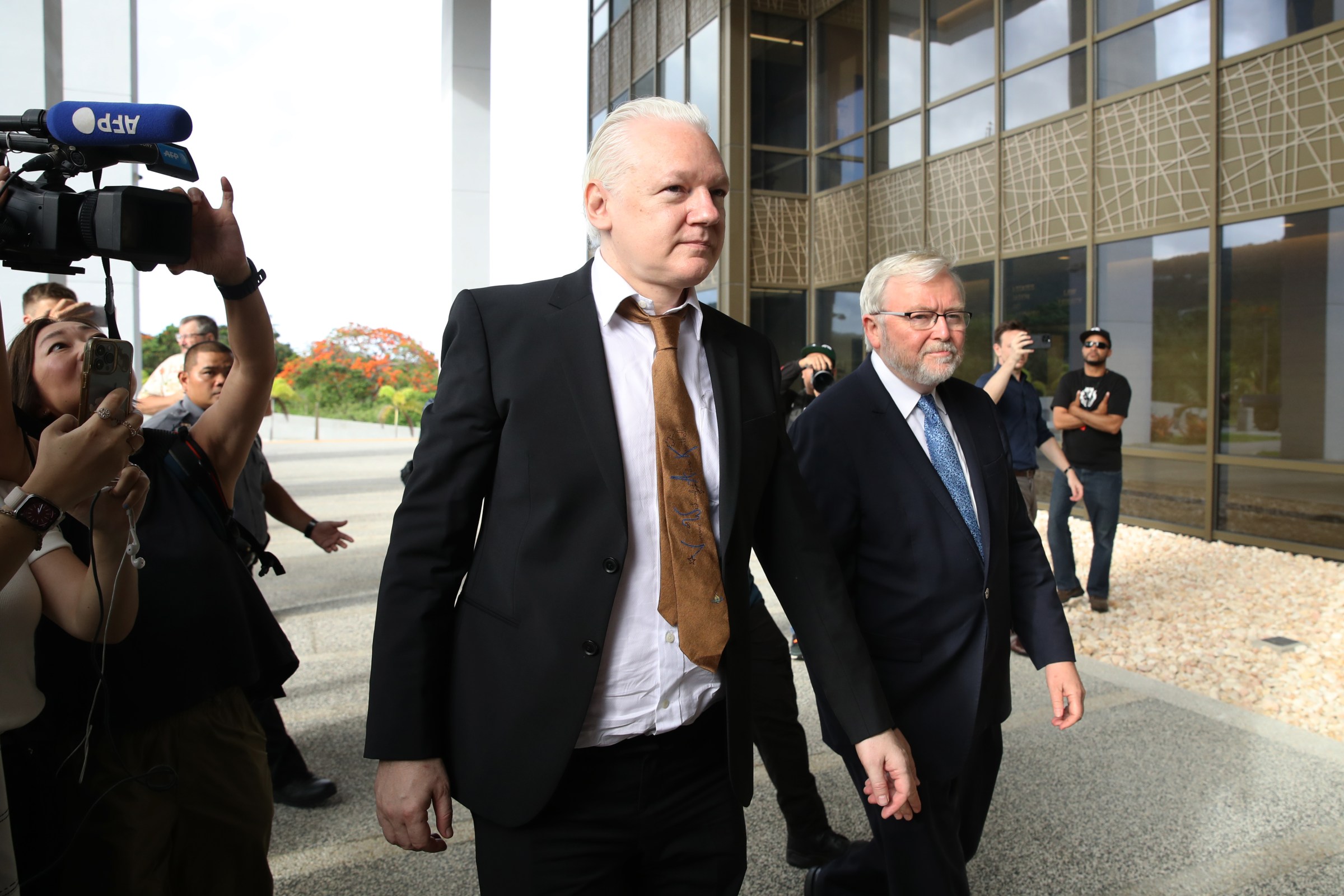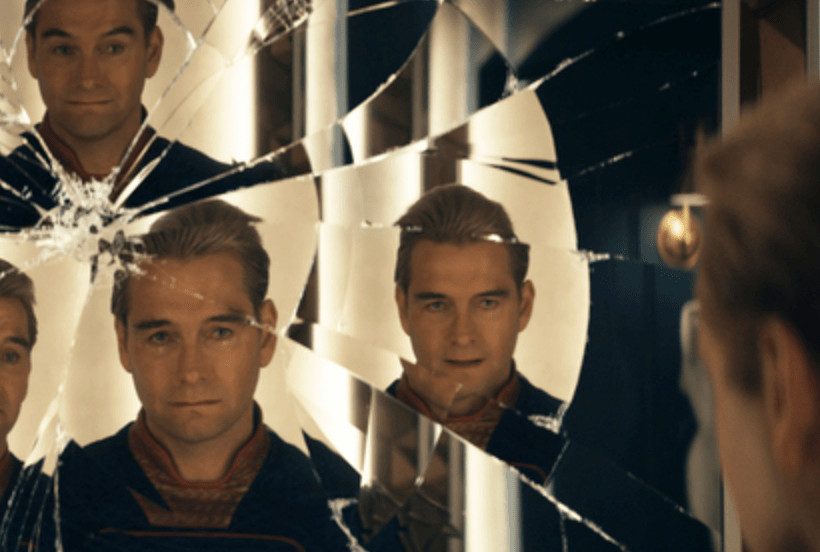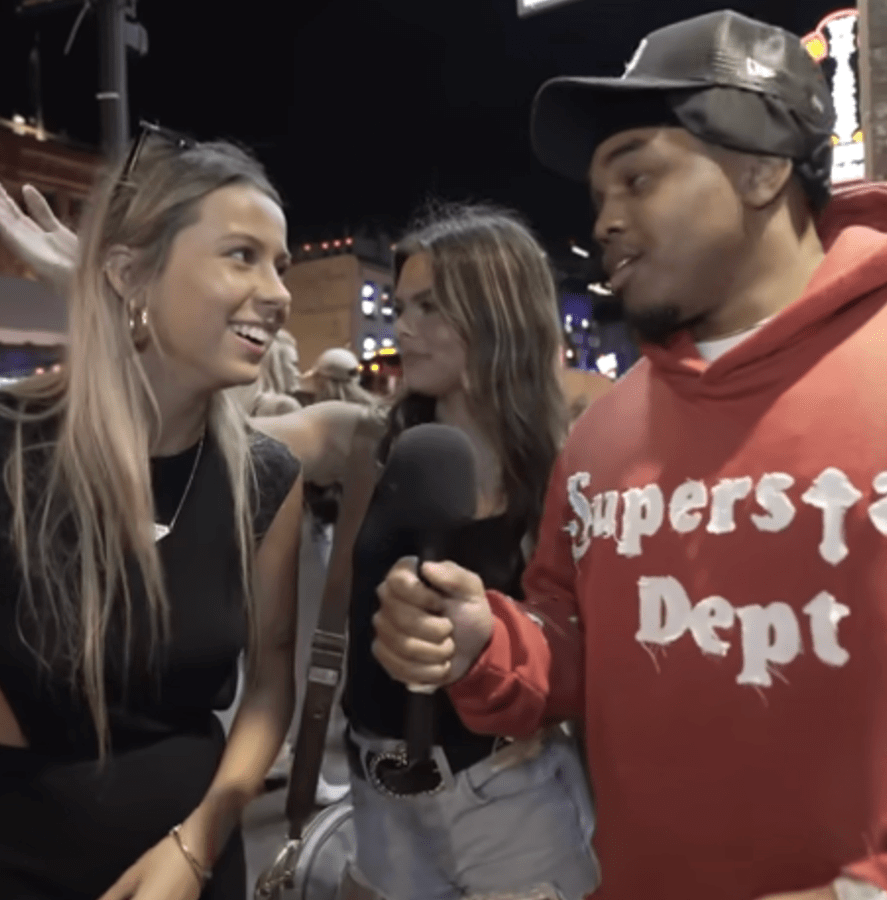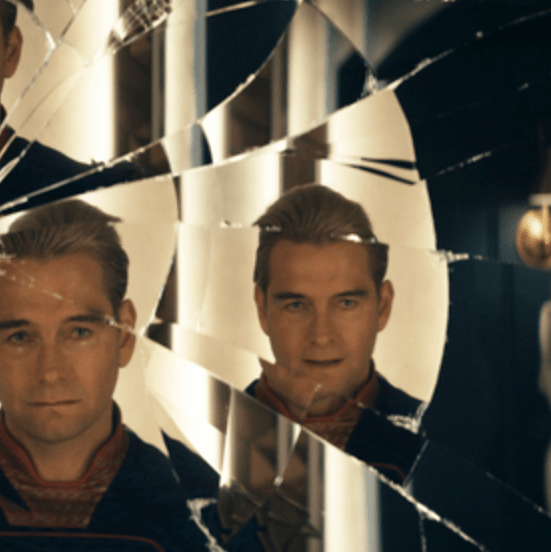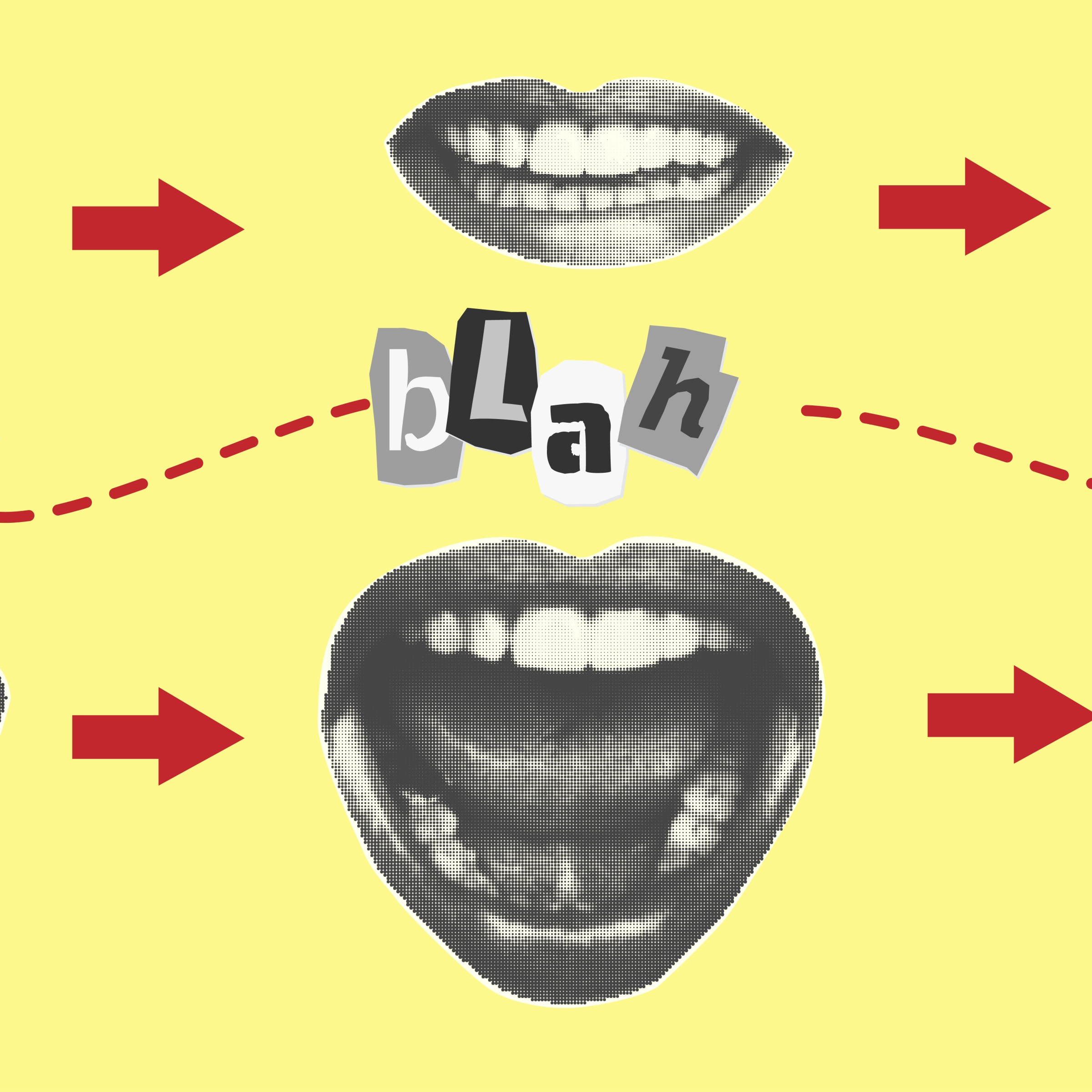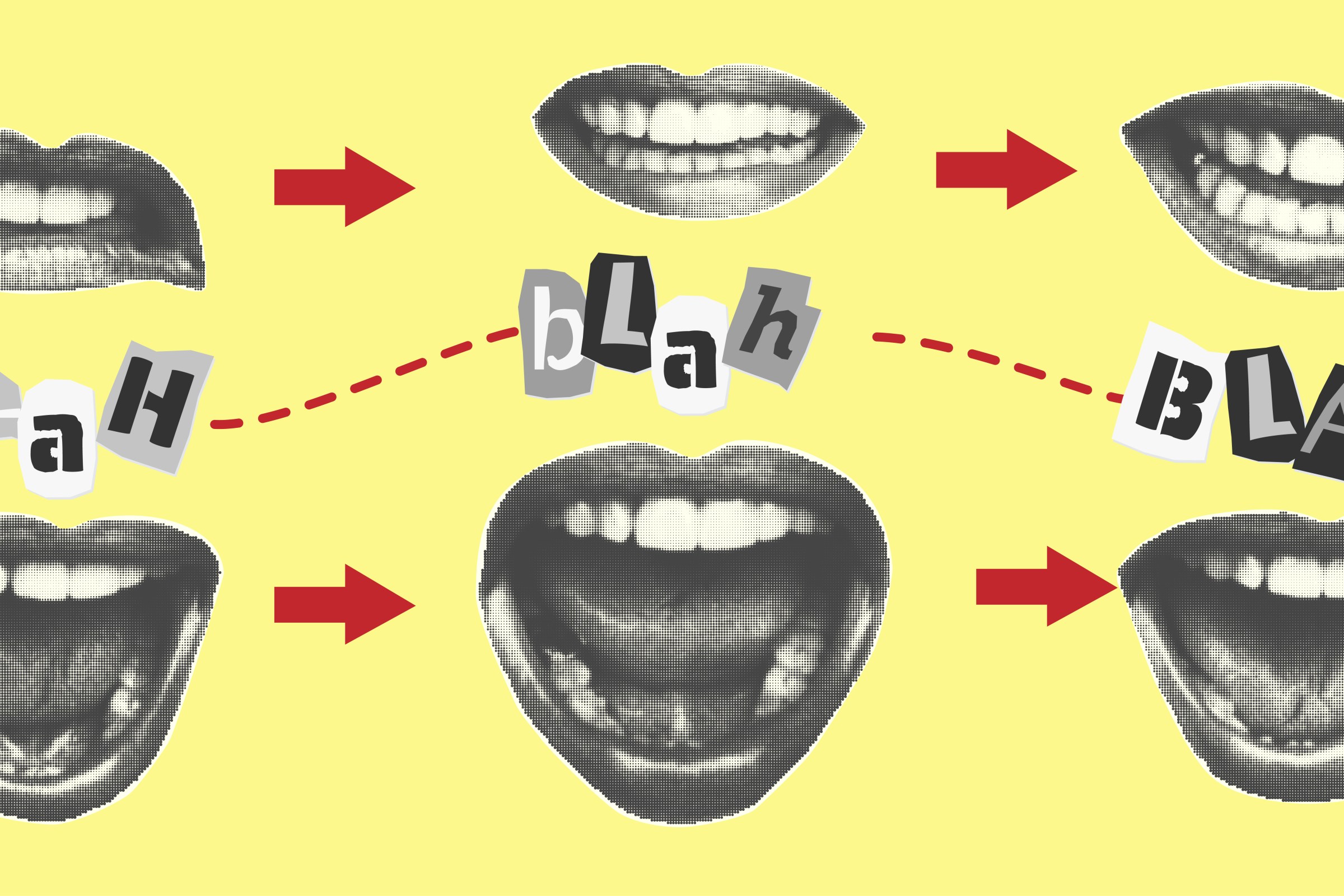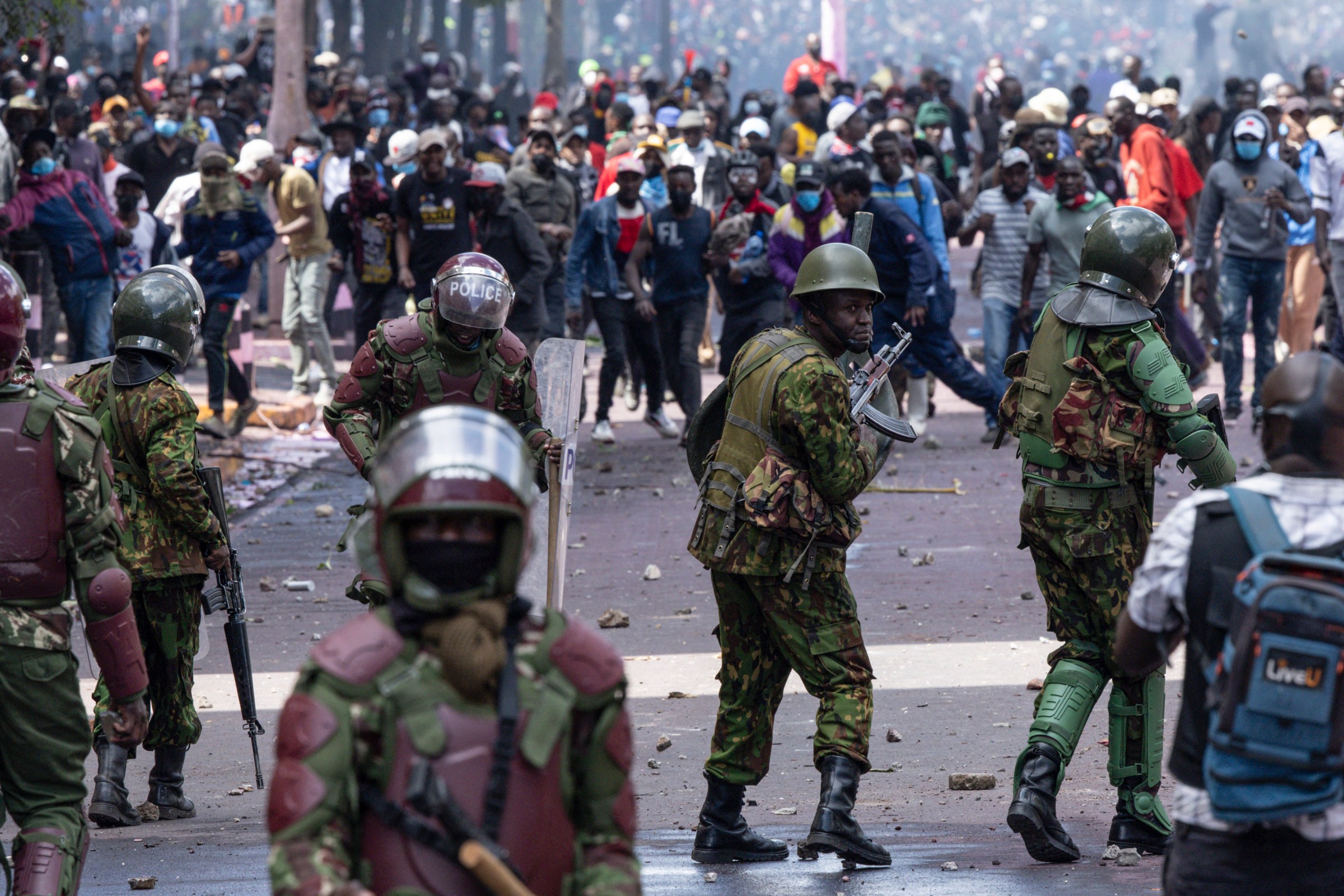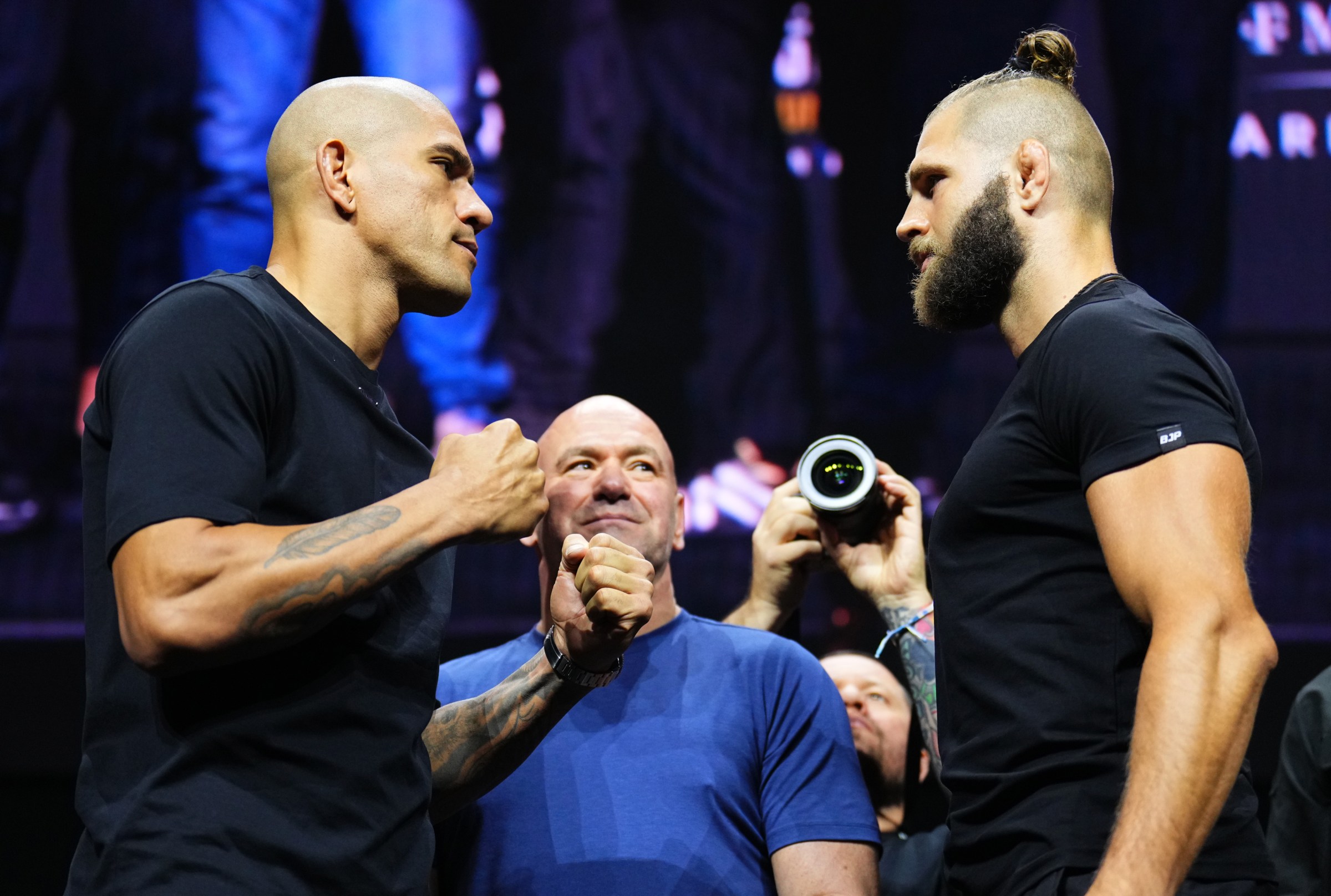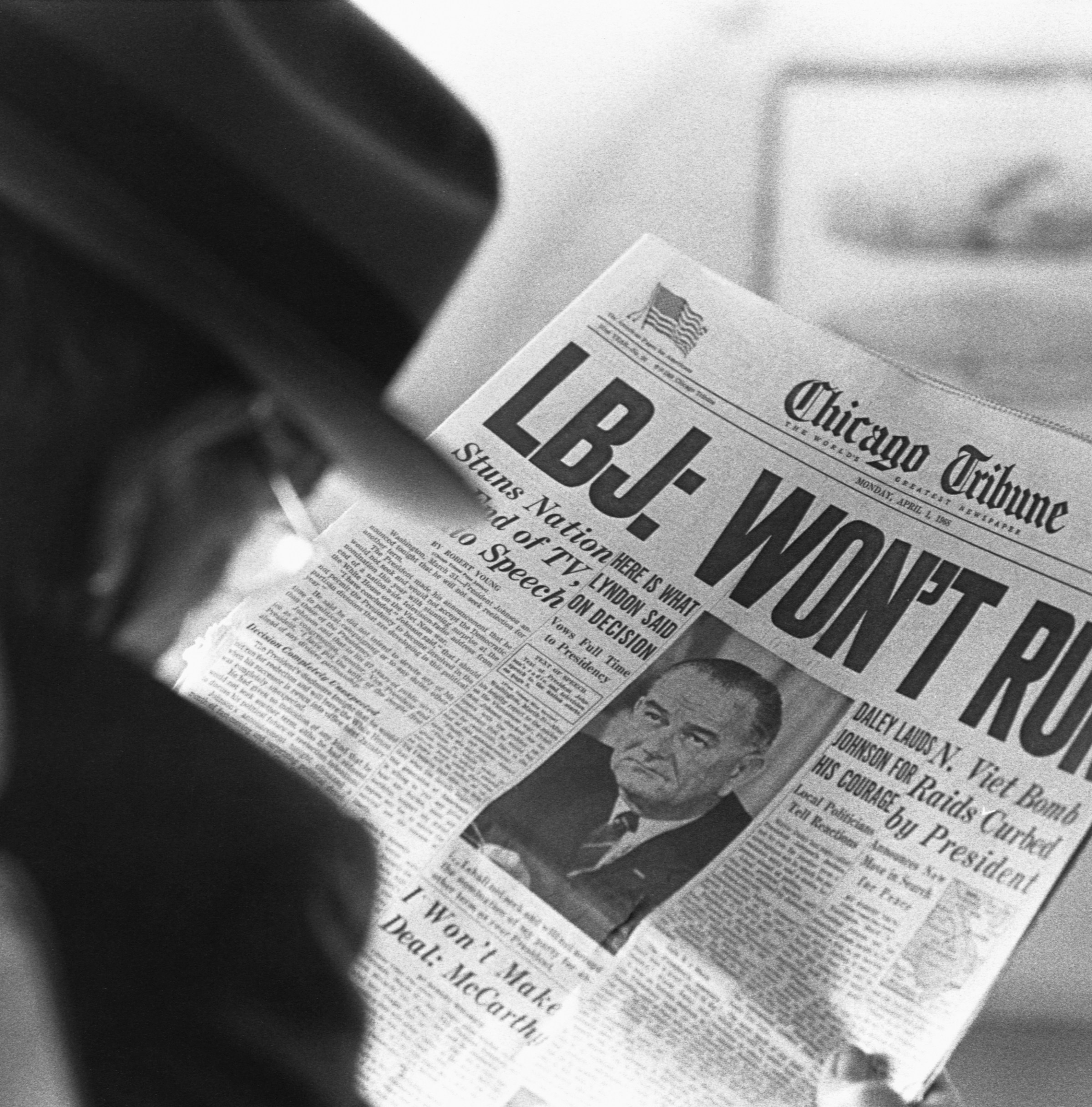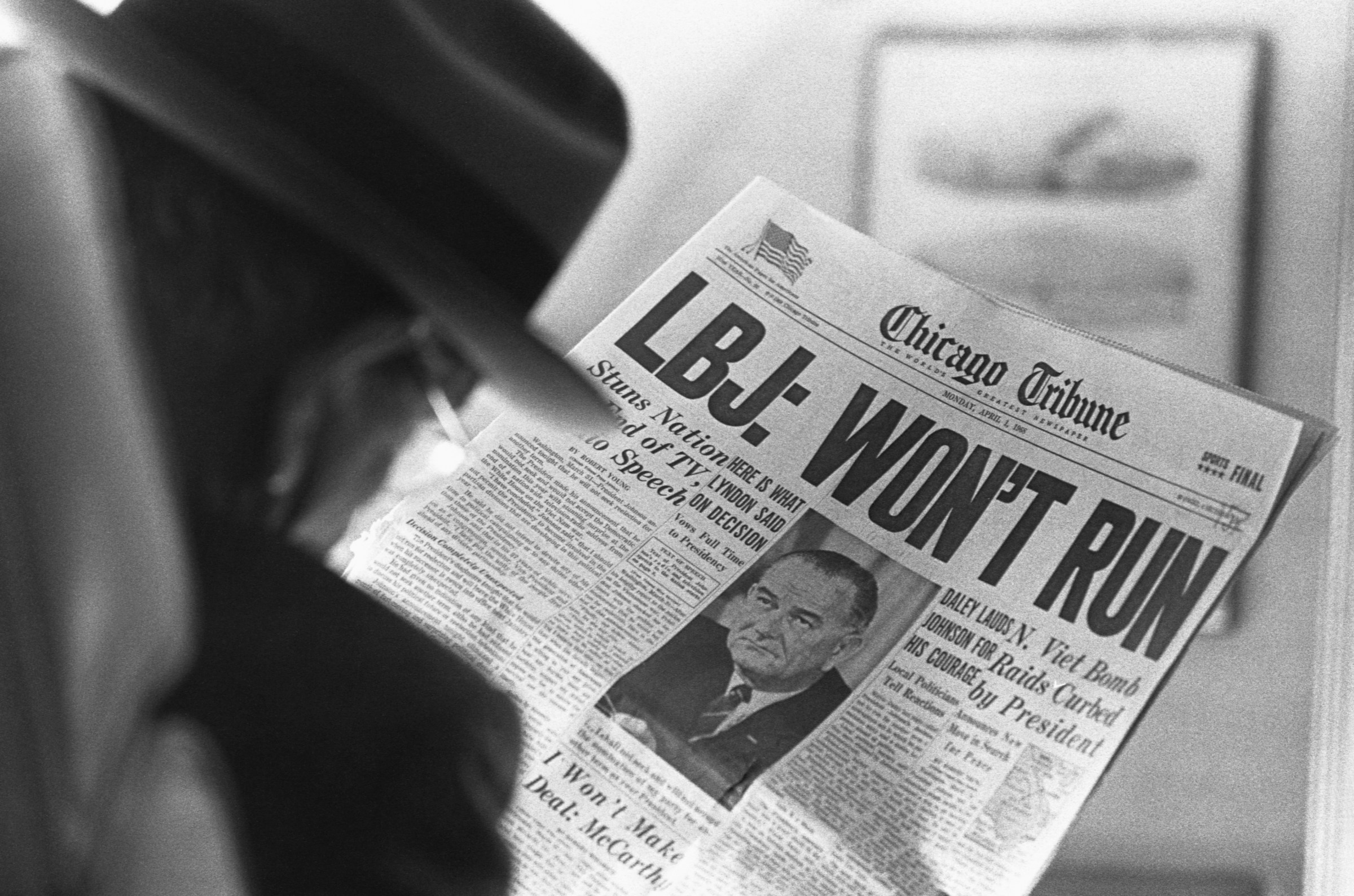What becomes of the mighty when they don’t merely fall from glory, but leap headlong while crowing about their own greatness?
Kevin Costner, the American Western, and the American ego
Horizon is a baffling, incoherent mess. Kevin Costner making it was probably inevitable.


In this case, the mighty is Kevin Costner, and he hath not only fallen but hurtled over the edge with Horizon: An American Saga — Chapter One.
The new three-hour behemoth, released Friday, is the first of a four-film epic Western that Costner says he’s wanted to make since 1988. Directed, co-written, and self-financed by Costner, Horizon features an all-star ensemble cast, has a $100 million budget, and will be, when all four films wrap, approximately 12 hours long. It’s a bizarre work about the settling of a small Western town that critics are accurately calling “an embarrassing, poorly told mess,” “dull as dirt,” “overindulged tedium,” and “a numbingly long, incoherent disaster.”
It’s also, despite its best efforts at creating sympathy for Indigenous Americans, borderline offensive, with an intense, violent depiction of a nominally unprovoked Apache raid that takes up nearly the first third of the film. The sequence does its very best to make settlers seem like the innocent victims in all this. While the rest of the film tries to undo the initial impression that the Apache are the true aggressors, it’s the only thing that lands. That isn’t surprising when you consider that Costner can be an excellent director, creating a gripping action sequence but failing to deliver on the quieter parts of the film, but it is surprising when you consider that he’s generally been far more sympathetic to Indigenous concerns than Horizon’s first chapter shakes out to be.
That leads us to the inevitable question: What happened here?
To understand how we reached this baffling point, we have to understand just how big Costner was at the peak of his stardom — and how quizzical his career has been ever since.
In the early 1990s, there was no bigger star than Costner
It’s hard to overstate just how successful Kevin Costner was at the height of his career. Somewhat unusually for an actor of his caliber, Costner, who was born in 1955, didn’t start working in the field until his mid-20s, and didn’t break through until he was 30. He did so, however, with a string of iconic film roles — as wayward outlaw Jake in Silverado (1985), federal agent Eliot Ness in The Untouchables (1987), heartthrob baseballer Crash Davis in Bull Durham (1988), and Ray Kinsella, the builder (and dreamer) of Field of Dreams’ titular field in 1989.
These early roles identified Costner with both mythologized Americana and iconoclastic heroes. Then, in 1990, Costner doubled down on this persona and elevated his stature to a whole new level by directing himself in one of the most influential films of the decade: Dances With Wolves.
Dances With Wolves typically gets credited with revitalizing and reinventing the epic Hollywood western for modern audiences — a craze that kicked off with Wolves, by 1991, grossing over $175 million and winning seven Oscars, including Best Picture and Best Director.
Faithfully adapted by Michael Blake from his own bestselling novel, Dances With Wolves depicts the journey of a lone soldier (Costner) assigned to a wayward Western outpost during the Civil War. There, he interacts primarily with Lakota and Pawnee, sympathizing with them and their concerns until he ultimately stands with them against an encroaching Union army encampment. The film has a complicated cultural legacy, as it both galvanized important cultural conversations about Indigenous rights and typified the “white savior” narratives that until recently dominated Hollywood’s treatment of marginalized communities. Still, it’s a true cinematic achievement with grand cinematography, stunning landscapes, and a soaring depiction of a troubled time in the country’s history. It still earns accolades as a true American epic.
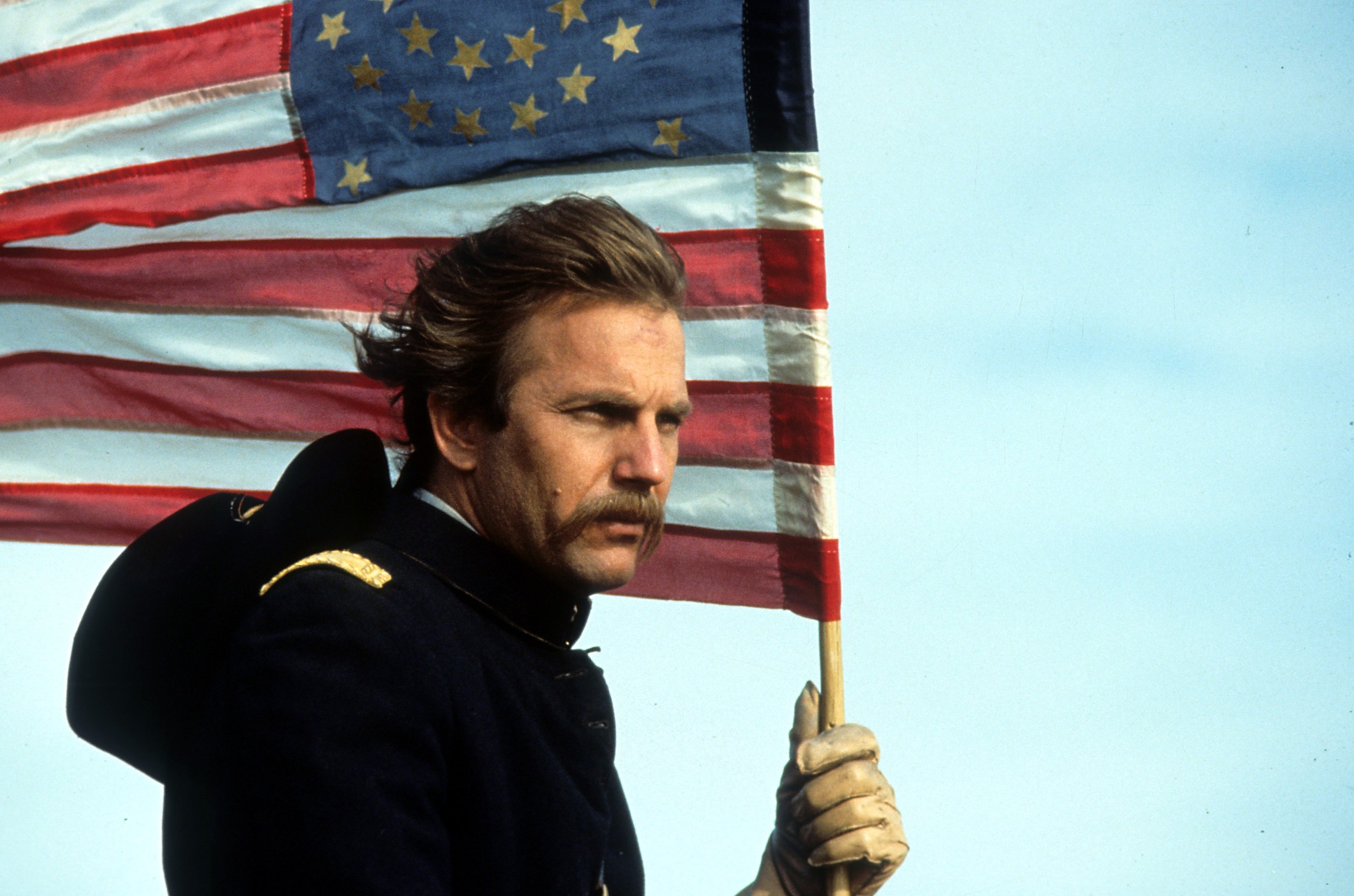
For a heady few years after Wolves, Costner was unstoppable: He became the A-lister’s A-lister, hopping from blockbuster to blockbuster in quick succession. Robin Hood: Prince of Thieves was a fun anachronistic romp with an all-star ensemble that still slaps, as well as one of the bestselling theme songs in history. The Bodyguard saw Costner star opposite Whitney Houston as a hardened security guard in what was considered a groundbreaking interracial romance between two titans at their peaks. Its cultural legacy has been kinder than critics were at the time, but its $400 million box office and the biggest soundtrack of all time are hard to argue with. Even pivoting away from type and toward weirder fare, Costner still did numbers, with Oliver Stone’s conspiratorial JFK grossing $70 million.
It’s important to remember the chronology here. Costner enjoyed phenomenal career success after an astonishingly short time as an actor; just five years out from his first major role, he directed a film that swept the Oscars. Then he quickly followed that feat up with a truly incredible run of films.
Because he did so many important and successful films after it, most people probably catalog Dances With Wolves as coming early, toward the start of his incredible run of success, until the infamous back-to-back cringe flops of Waterworld and The Postman torpedoed his trajectory for years.
But Wolves was instead arguably his pinnacle — the peak of both his creative achievements and his cultural impact. That’s significant as a predictor of what Horizon eventually became, both because of its Western theme and because of its outsized ambition.
Costner personified red-blooded rugged individualism onscreen — and Hollywood divadom offscreen
“The idea of a prestige movie this immense being released by a major studio now is absurd,” Will Leitch argued of Dances With Wolves in the New Republic in 2016. “This was the last time a movie star had so much clout that he could do something so patently crazy and expensive, and get a major studio to finance it—and thus the last time it could pay off.”
In other words, even though it was an important film in many ways, Dances With Wolves was effectively the last of its kind — as Costner would soon learn.
Alongside the runaway success Costner enjoyed between the late ’80s and the mid-90s, he was gaining a reputation within Hollywood as an egomaniac — “either exacting to a fault or an unjustified pain in the ass,” as Puck’s Matthew Belloni summarized last year. By 1994, the sands had begun to shift. That year, Wyatt Earp flopped, even with Costner heading another all-star ensemble and once again proving his chops as a leading man in a Western. But then came Waterworld, an infamously expensive post-apocalyptic film. Costner was reportedly so difficult and demanding during its creation that director Kevin Reynolds walked out of the editing process, leaving the actor to wrap things up. “In the future Costner should only appear in pictures he directs himself,” Reynolds reportedly told EW after the split. “That way he can always be working with his favorite actor and his favorite director.” (Though that quote seems prescient, the pair would go on to make up and work together again on 2012’s History channel series Hatfields & McCoys. )
Waterworld, about a waterlogged society, became perhaps the most notorious of Hollywood “flops.” Even though it ultimately grossed over $250 million worldwide, its bloated $175 million production budget was the most expensive in Hollywood history at the time; the film’s marginal profits were swallowed in marketing and production costs. Reynolds commented in a 2008 interview that the pressure was intense: “The press were after us from early on, willing us to fail.” It didn’t help that Costner displayed diva behavior on set, making finicky demands of production and reportedly lounging in an “$1800-a-day oceanfront villa” while the crew reportedly languished in shoddier quarters.
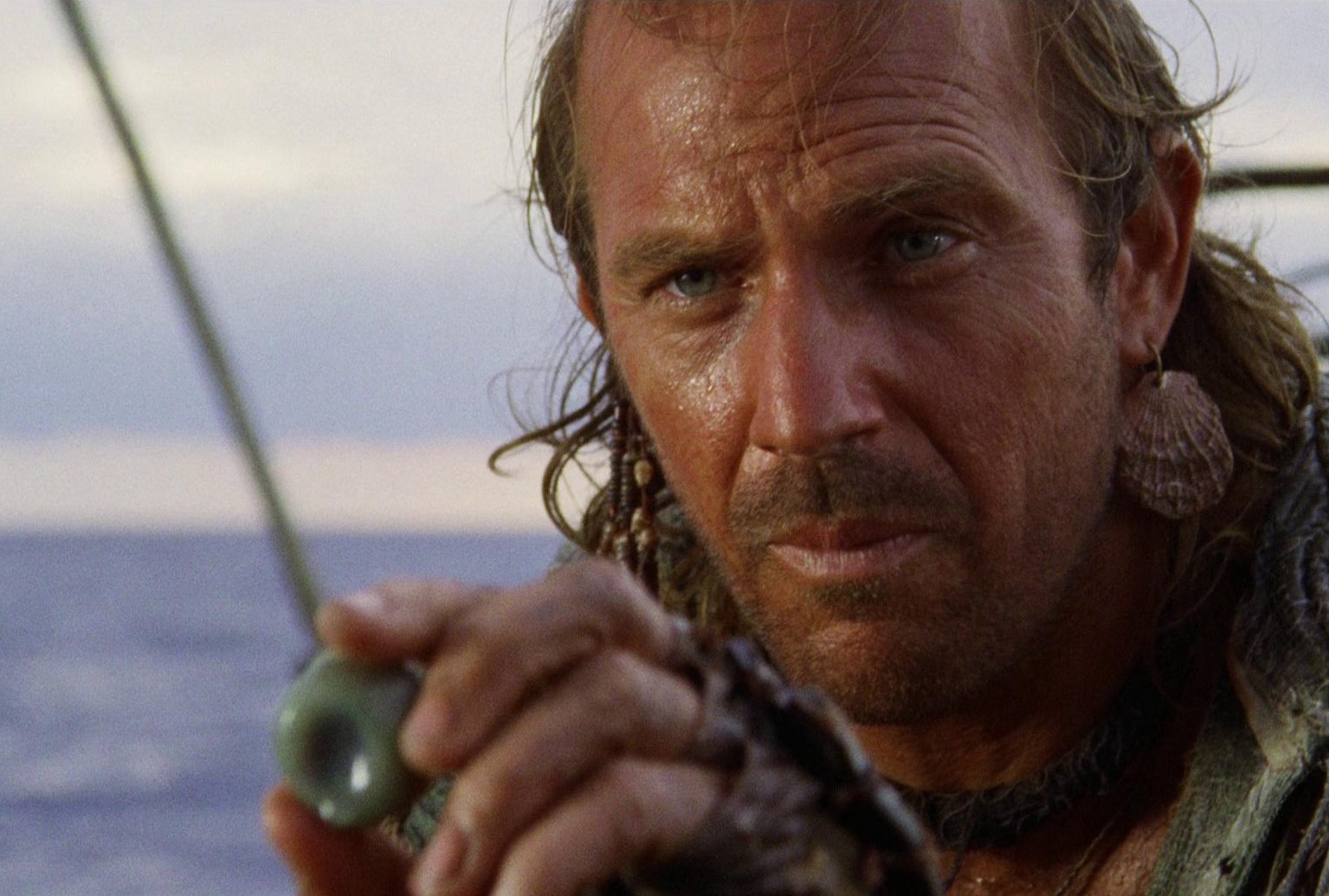
Still, Waterworld, which has since enjoyed a markedly warmer critical reception, didn’t fully sink Costner’s career; it took a second post-apocalyptic flop, even stranger than the first, to do that.
The Postman,directed by Costner, is a true oddity. Considered a post-apocalyptic Western a la The Road, it clocks in at three hours and boasts a screenplay by absolute GOAT Brian Helgeland, writer of a range of bangers from Mystic River to A Knight’s Tale. Fun fact: Helgeland won the Oscar for L.A. Confidential and a Razzie for Postman in the same weekend. The Razzies took delight in perpetually nominating Costner and all his projects throughout the ’90s; The Postman was like Christmas come early for the infamous “worst-of” awards, which gave the film the prize in five different categories and later nominated it for Worst Picture of the Decade. (It lost to Showgirls).
Unlike Waterworld, Postman’s reception has stayed flaccid over time, largely thanks to the bleakly authoritarian, pseudo-fascist ideology that undergirds its story of a lonely troubadour who tells people false stories of a new US government springing up to replace the one that no longer exists, spreading the myth until it sparks a real movement. Helgeland said in a 2012 interview that he wrote Costner’s unnamed character as a con man, spinning a darkly satirical fantasy of American greatness, but Costner wanted the character to be more “sympathetic” and “sincere.”
Helgeland noted this is where the film “went wrong” — but for Costner, the vision he committed to film was clearly the vision he wanted: an essentially hopeful, essentially kind, but fundamentally conservative vision of American greatness. And he’s continued to build that narrative, more or less, ever since.
Costner’s directorial and ideological oeuvre has stayed consistent since Wolves
Although The Postman flopped so badly it essentially paused Costner’s career for half a decade, he began a self-made revival with 2003’s Open Range, which revived: 1) Costner in the lead 2) directing himself 3) in a panoramic western 4) as a lone hero standing up to injustice, armed only with a bunch of guns and a Personal Code. Open Range met a warm critical and audience reception, and Costner’s career meandered back on track through the 2000s and early 2010s with a wide range of films. He took smaller roles in ensemble movies like The Company Men (2010) and romantic leads in rom-coms like 2005’s eyebrow-raising flop Rumor Has It (where he sleeps with three generations of women in one family).
His most mainstream hit in this period, Hidden Figures (2016), saw him once again in a white savior role, albeit a historical one, facilitating structural change at NASA. The film’s most famous scene has him taking out his frustration at systemic inequality by physically destroying a segregated bathroom sign. It was on the heels of that renewed success that Yellowstone creator Taylor Sheridan came calling in 2017.
The rest, as viewers of that juggernaut know, is history: Costner’s cantankerous relationship with Sheridan notwithstanding, he propelled the show, about an iconoclastic family of maverick ranchers, to becoming TV’s biggest hit since Game of Thrones. And despite rumors swirling about why he left after five seasons, leaving the show to flounder to complete a sixth without him, he claims he still loves that world and would even come back to it.
It’s easy to see why Costner loves Yellowstone: Sheridan’s universe of morally off-center individuals playing by their own rules fully aligns with all of Costner’s major works to date; in 2018, he called his character, John Dutton, equivalent to “a modern-day CEO.”
Costner’s conservatism isn’t that of the extreme far right; recall that he supported Obama in both terms, thinks Michelle Obama would make a good candidate, and faced major backlash among his Yellowstone faithful when he publicly supported Liz Cheney’s failed 2022 bid for reelection after her stand against the January 6 insurrection. In an interview where he touted Cheney’s “brave, clear-headed stance,” he also said he wished politicians “had a bigger vision and more of a morality about how they see the country evolving.”
For Costner, that morality seems to boil down to a kind of broad populism. “I feel I’ve made a movie for the people, period,” he recently told Deadline about Horizon. “This isn’t a movie from me. I felt like it was my turn in my career to tell a story. This is the one I choose to tell. It’s just my turn.”
The story he seems to be telling in Horizon is one of settler communities facing and overcoming hardships, embracing the call of the West in the 1850s and ’60s, and battling Indigenous Americans, who are themselves trying to assert their identity and maintain their way of life amid encroaching colonization.
Or, at least, that’s the story he may be telling. Eventually. The story onscreen in Horizon’s first chapter is an incongruous muddle with a bizarre, difficult-to-parse script that often vibes like Thornton Wilder writing dialogue for the Shire. Subplots that never connect play out amid sweeping vistas and a constantly bombastic soundtrack, as though someone ran John Ford and Sergio Leone through ChatGPT and got an enthusiastic community theater troupe to fully commit to the bit.
Amid all of it, there's that horrific Apache raid — conveying what, exactly? Unfortunately, it’s too early to tell; its settler apologetics coast on a thin layer of empathy for a small group of pacifist Apache characters who disappear halfway through the movie, presumably to return in later films. Where any of this is going, or if any of it will even carry over to the second film, is unclear. A final hasty montage appears unprompted at the end of the film — a long, confusing barrage of disjointed clips that could be an attempt to wrap up the current plot, preview the next movie, or just quickly use up all the footage they ran out of time to squeeze into this one. Who knows?
What is clear is the sense of gravitas, of a man with a strong mission carrying it out at long last. Costner’s ego fills every frame; we can sense from the outset how desperately he wants this film sequence to restore to him the industry’s Wolves-era respect for his artistry and talent as a director. As it stands, however, there’s too much that’s baffling and unchecked about this project to make that likely.
If, however, Costner means what he says about making a film for “the people,” he might have better luck. Currently, despite its muddled, messy state, the audience score for Horizon on Rotten Tomatoes currently hovers around 70 percent.
Will it be enough to make up for Costner mortgaging his beachfront Santa Barbara mansion in order to create the ultimate American cinema?
Probably not, but it wouldn’t be an American dream if it weren’t giant, over the top, and fueled less by reason than by sentiment. All in all, that’s the essence of Costner himself — and why Horizon might surprise us in the end.
Most Popular
Web3 is the future, or a scam, or both
Hawk Tuah Girl, explained by straight dudes
Why the Supreme Court just ruled in favor of over 300 January 6 insurrectionists
The Supreme Court just made a massive power grab it will come to regret
The Supreme Court just lit a match and tossed it into dozens of federal agencies
